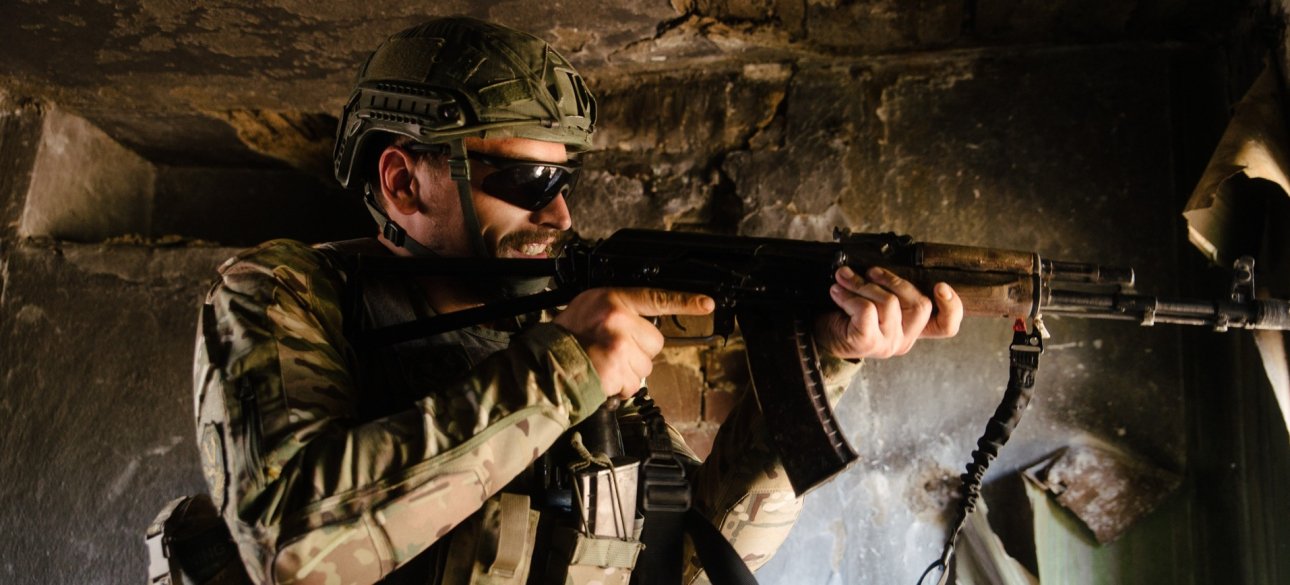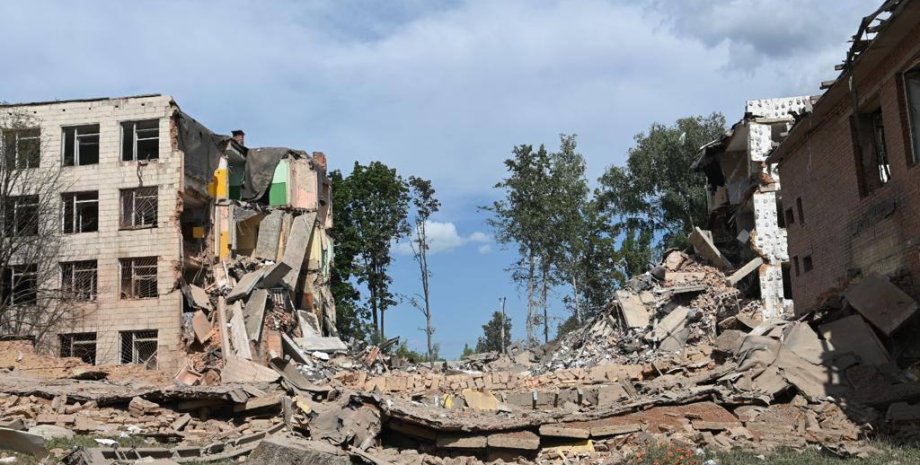
 By Victor Duda
By Victor Duda
Apparently, the command of the enemy decided to eliminate the Kurakhiv speech (bridgehead) of the Armed Forces not one powerful "blow", but "to" cut the problem "in stages - by" cutting off "from it by individual" pieces ". I am not quite understood by the etymology of this decision.
However, it is obvious that it is not least due to the availability of certain restrictions on resources and reserves from the enemy in these areas, despite the fact that both of these areas are clearly in the Russian command "in priority".
Also, obviously, over the course of time, the level of resistance of the advanced units of the Armed Forces in these areas is gradually increasing, although it does not allow to completely stop the enemy… *** I do not know whether or not it is forced or forced, but the offensive of the enemy who had all the prospects of turning ( To grow) into his operational success, the efforts (decisions) of the Russian command began to "snip" in some separate tactical tasks for the last week.
The true reasons for this - you only have to guess . . . The enemy still manages to break at the tactical level at some individual sections and segments (sometimes "sensitive" for the Armed Forces), but as a rule, this is already poured into "Putting for a couple of km", and Here is an operational-tactical "effectiveness" of these successes already "enough debatable". This is done all very slowly, with a lot of losses. The enemy crawls with some "jerks".
A month ago, these "jerks" were systematized, understood and invested in some operational-tactical logic, the plan was traced, the presence of an appropriate plan from the enemy was obvious.
But now I cannot say so… For example, the decision of the Russian command regarding the further actions of my flank groups (one, obviously set out - "break into Pokrovsk" instead , and they could step on the spill, now late) look, it is from an operational-tactical point of view, say, so, very, very controversial. Other comment applies to "further plans", for the winter.
Obviously, the bulk of the accumulated in the spring and early summer reserves and resources is currently applied by the enemy in clearly defined and limited areas. So to speak, in concentrated form (it is "Kursk parish" and the southeastern "corner" of the front). In the rest of the directions, the task is - "come, reverses on internal reserves.
" As for me, it is not far off when the Russians will have to evaluate "efficiency", and most importantly-the further prospect of active actions in each of these operating areas, especially compared to those where they struck the main blow during the summer and autumn campaign, In order to decide - wherever, in fact, it is advisable to have the same "reserves and resources". And, in this regard, it is not guaranteed that the "main" will remain the current - Pokrovsky, Kurakhivsky or Wremiyevsky.
I will remind, unlike a considerable number of our domestic experts, who believe that "Putin, cannot even formulate specific goals of war", he actually outlined them (yes, these are the same "conditions" under which he agrees to sit at the negotiation table ), ie - Crimea and 4 regions (completely) - Donetsk, Lugansk, Kherson and Zaporizhzhya. This is his minimal results of the war to which he will strive.










All rights reserved IN-Ukraine.info - 2022